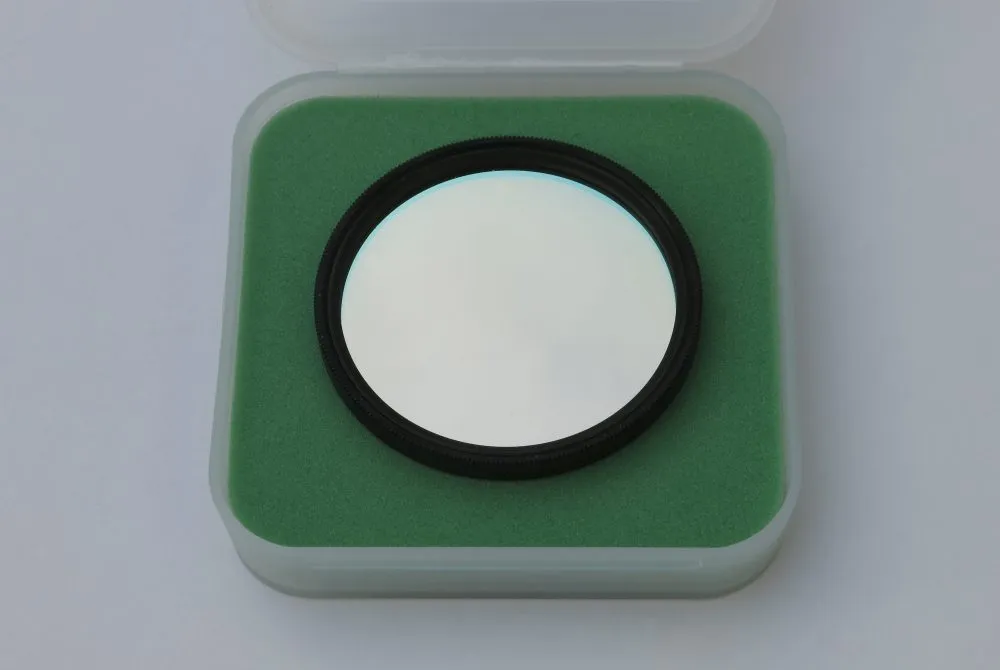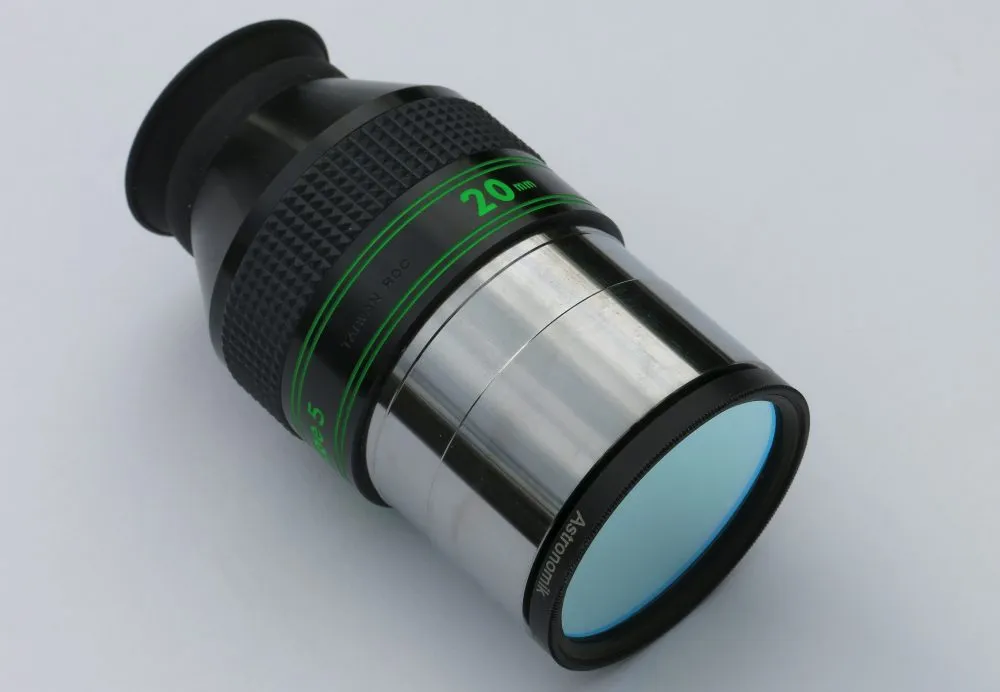Visual narrowband nebula filters boost detail and structure seen in planetary nebulae, supernova remnants and many emission nebulae. They work not by increasing the brightness of the object, but by preferentially dimming the background, so increasing image contrast.
These objects generally emit a good proportion of their light in a narrow band of wavelengths in the green and these filters transmit almost 100 per cent of the light in this band blocking almost all other wavelengths.
OIII filters are one of the narrowest types of narrowband filter, giving the greatest boost in contrast for object, emitting most of their light in the emission lines triply ionised oxygen, generally planetary nebulae and supernova remnants.

We tried out an OIII filter designed to screw into the bottom of 2-inch eyepieces made by German company Astronomik.
This is a nicely made optical accessory with the glass filter sporting ultra-hard external anti-reflection coatings and held in a well finished, threaded metal ring.
Due to the narrow bandwidth on the OIII filter, Astronomik recommend its use with larger scopes greater than 150mm diameter and the magnification increased to a point when the sky just becomes almost black.
We viewed the Veil Nebula using a 444mm telescope at a dark-sky site using 20mm (100x) and 26 mm (76x) eyepieces and noted the sky background was almost completely black, meaning we had reached maximum magnification.

The filter gave stunning views revealing an enormous amount of lacy detail with wisps and intertwined braids in the brighter regions.
The filter also a gave significant enhancement to the views of Helix Nebula in the 20mm eyepiece revealing the ring shape of this large low altitude planetary.
Under brighter urban skies, higher magnifications could be of benefit and this would probably involve jumping to 1.25-inch eyepieces and the 1.25-inch version of this filter.
